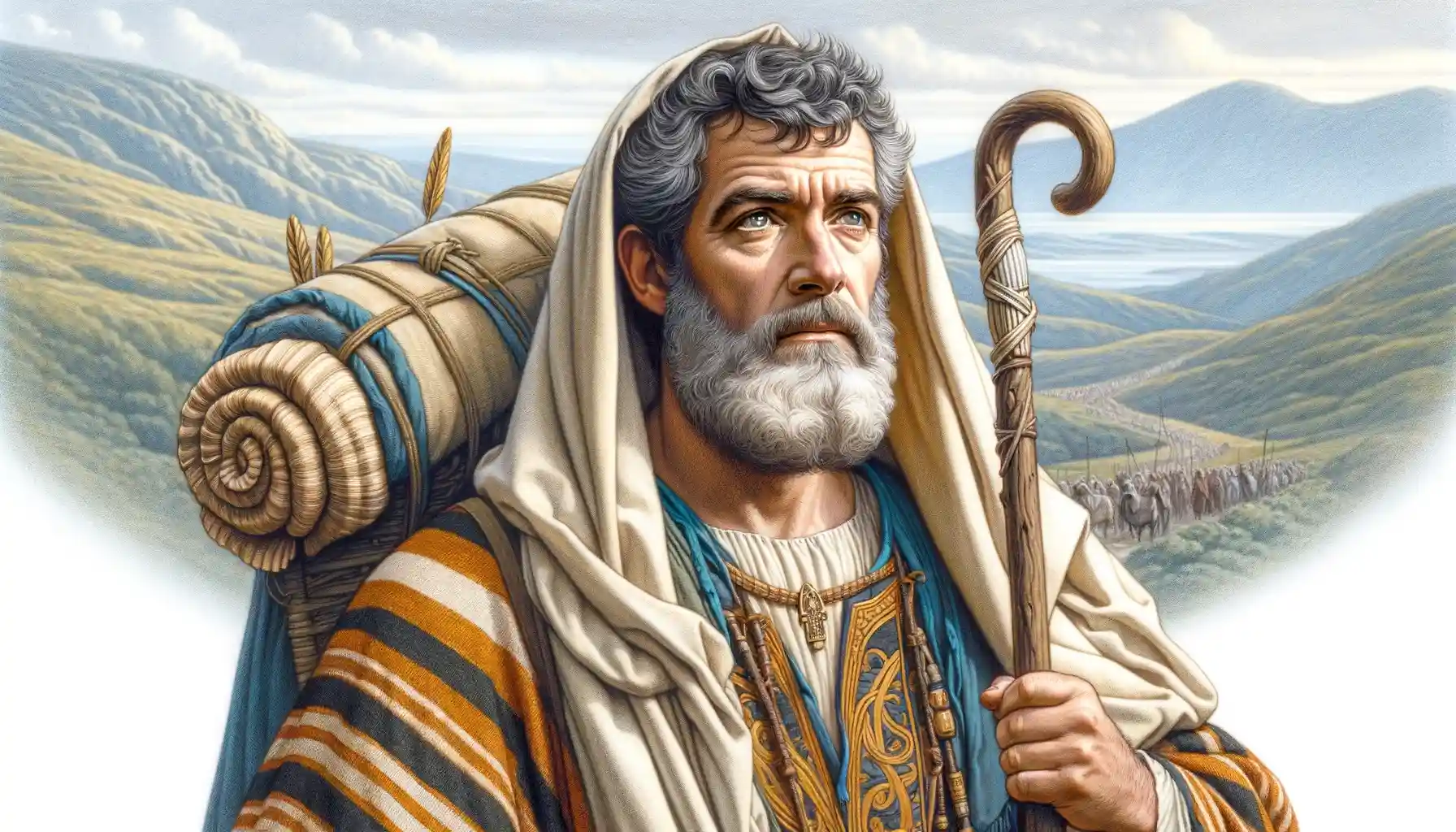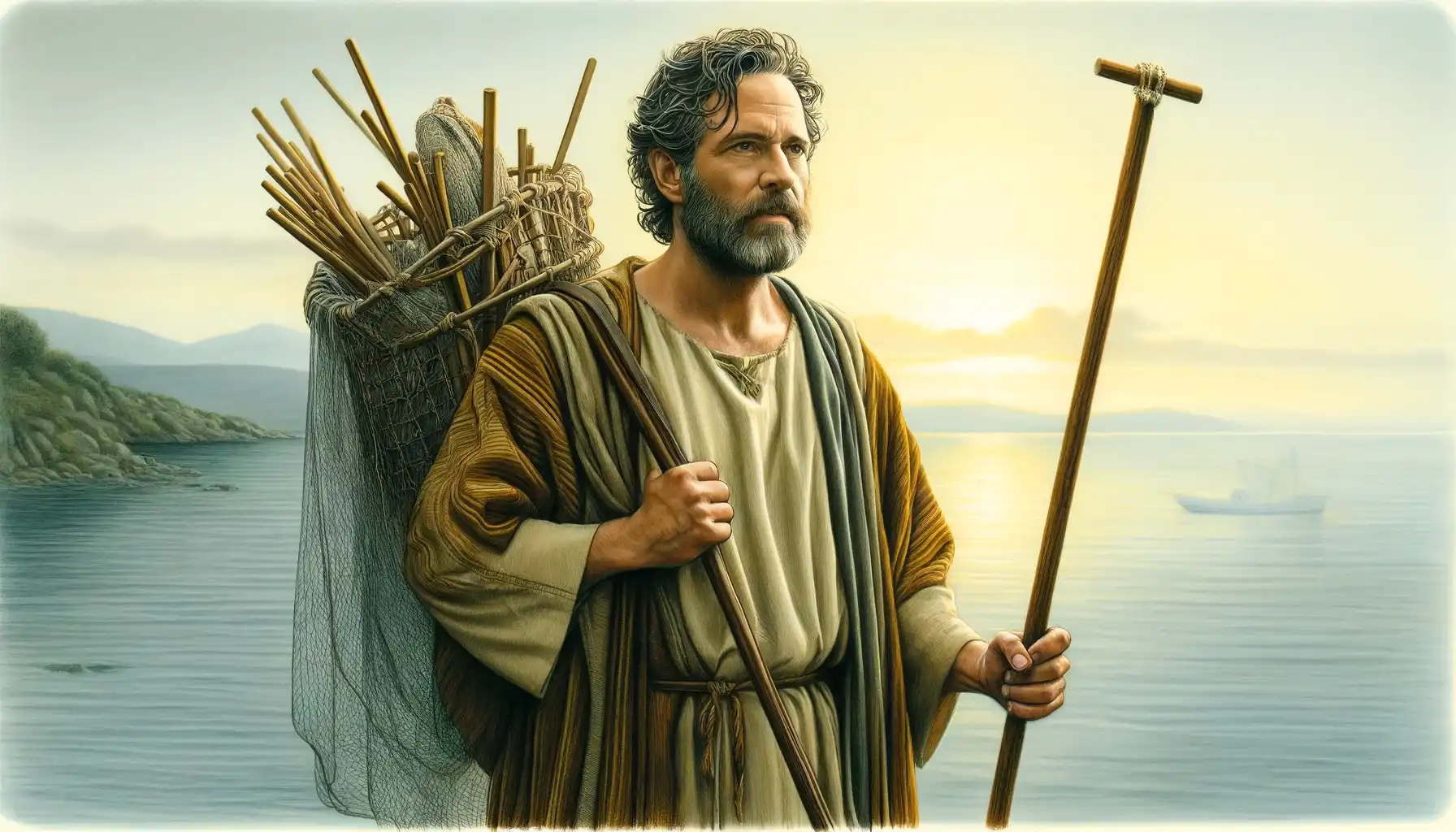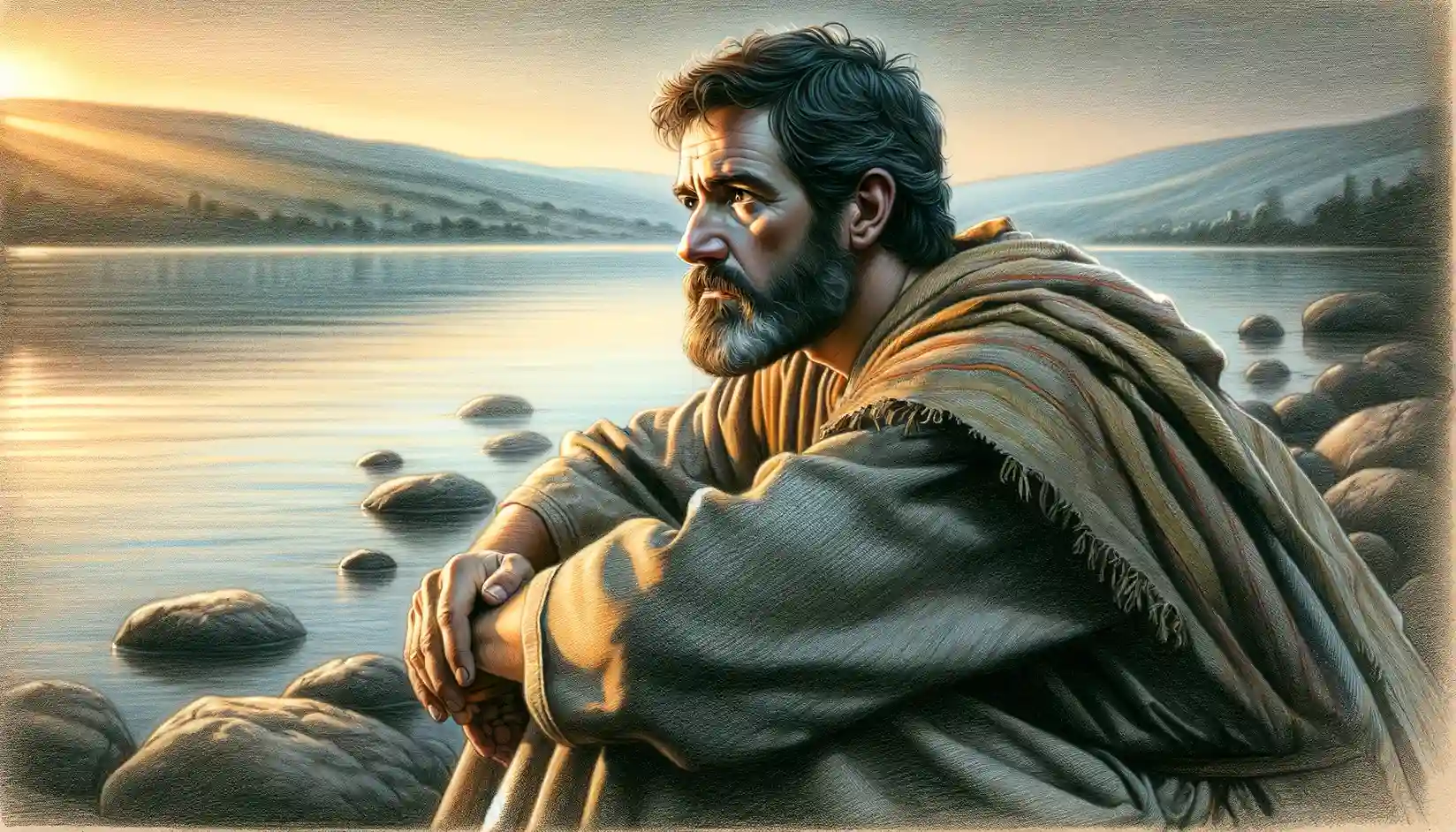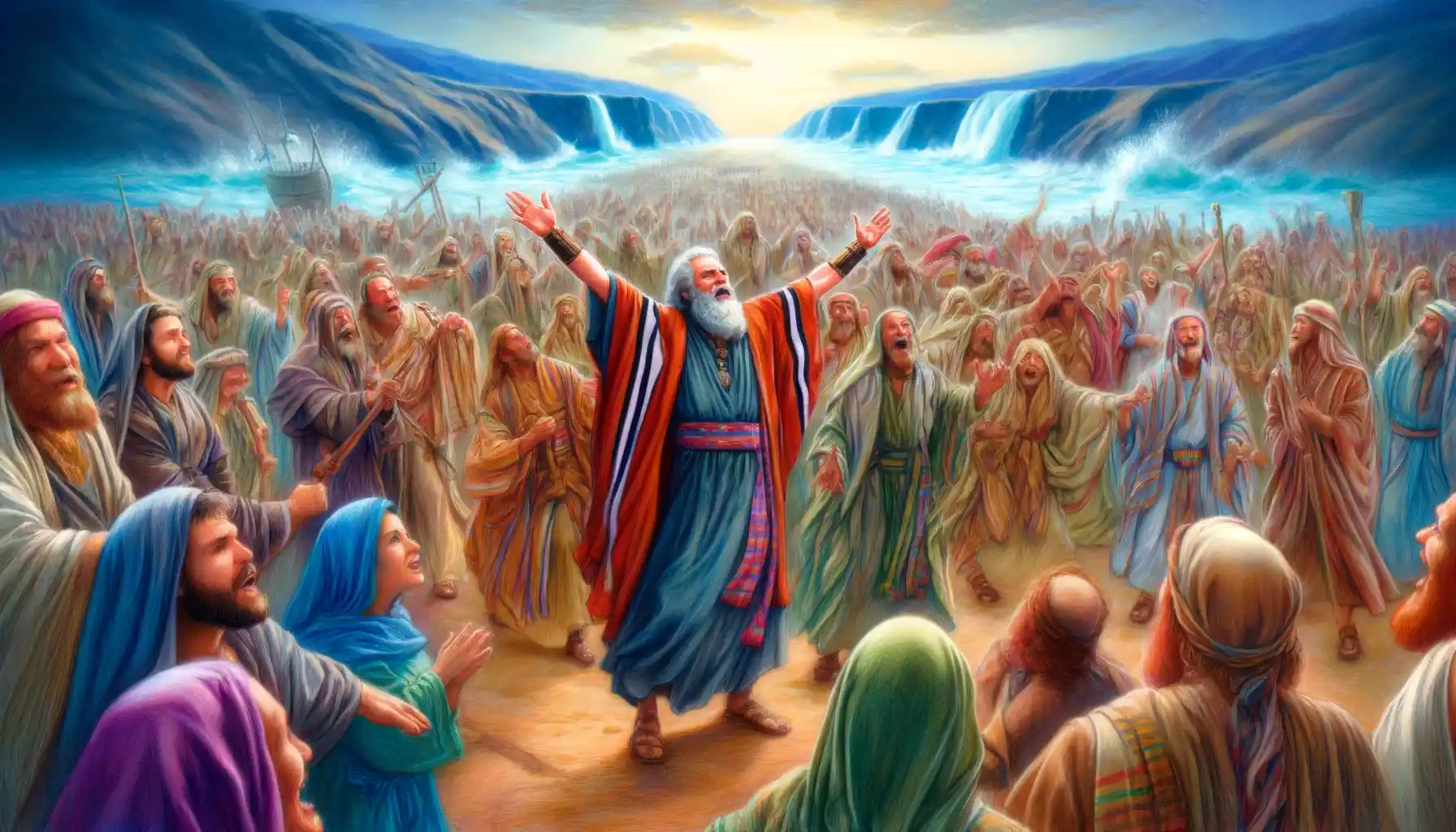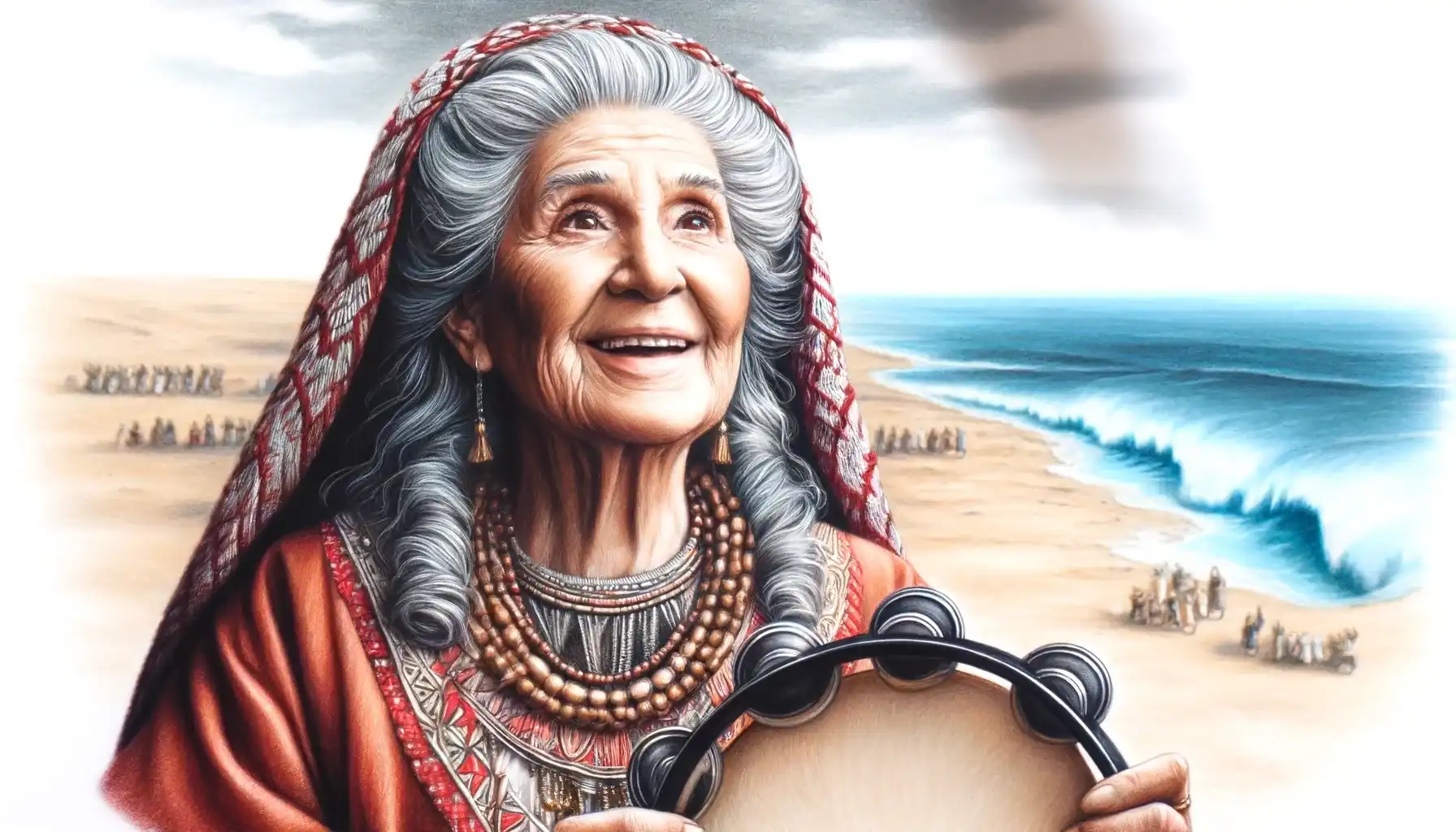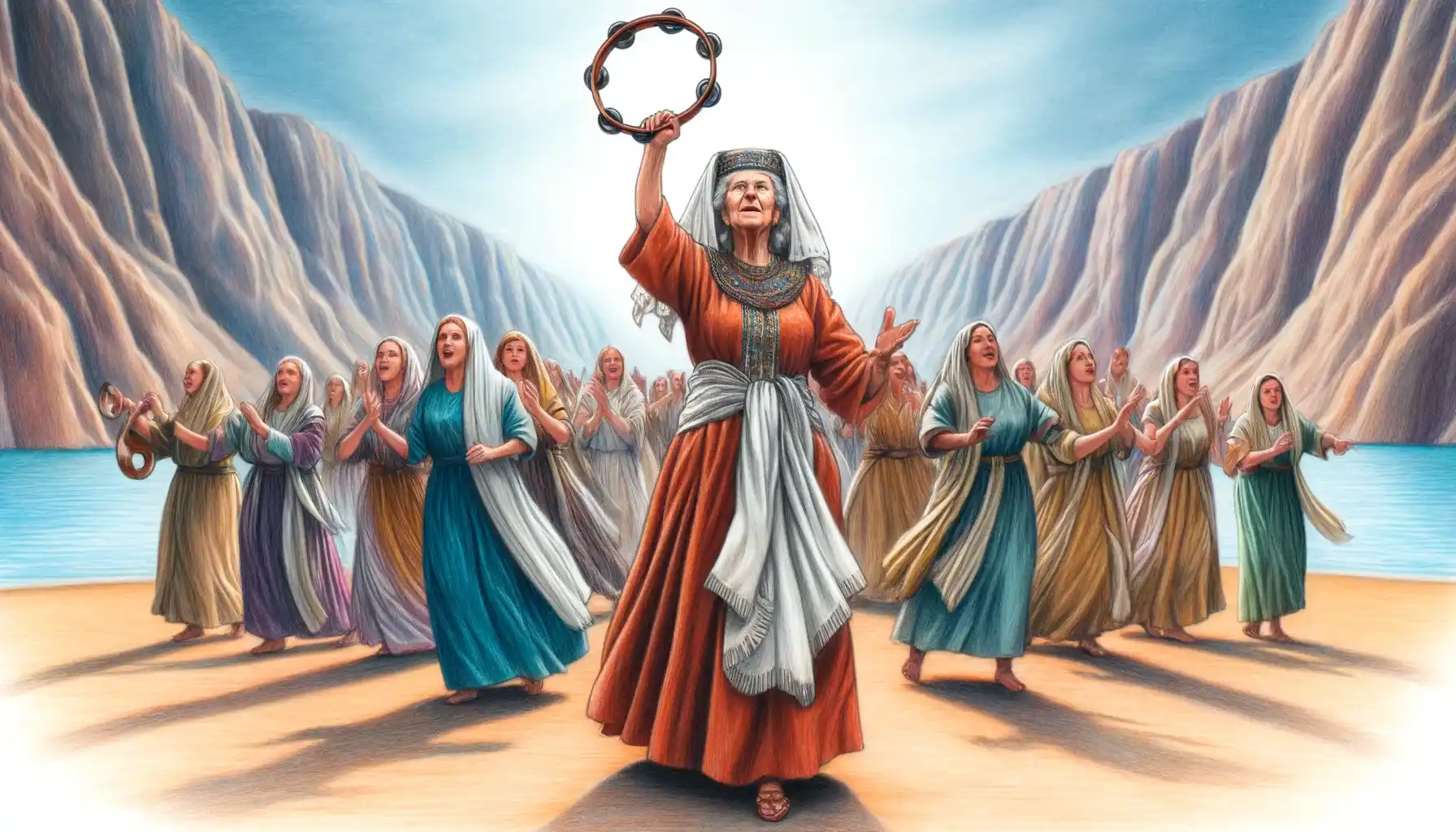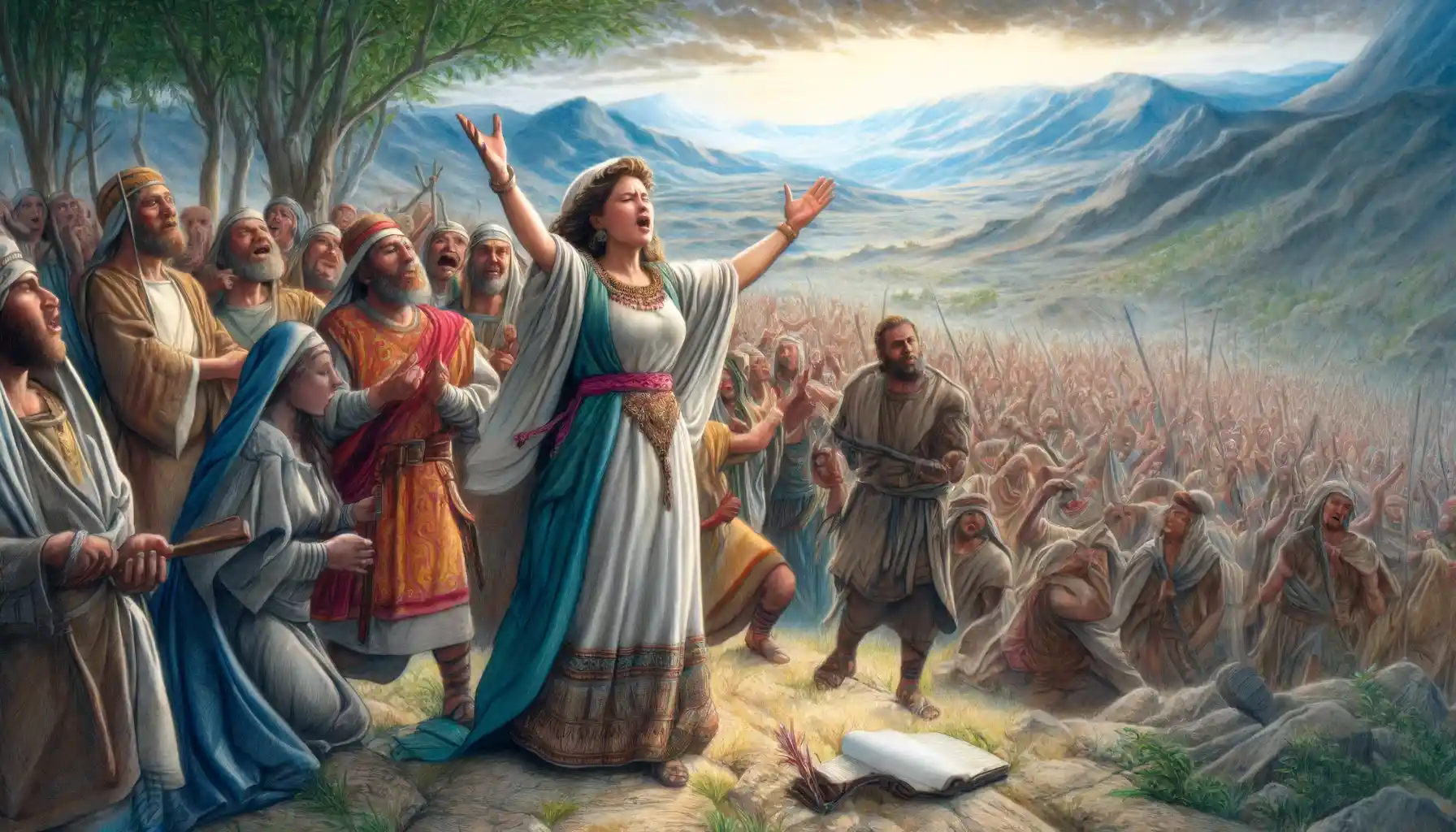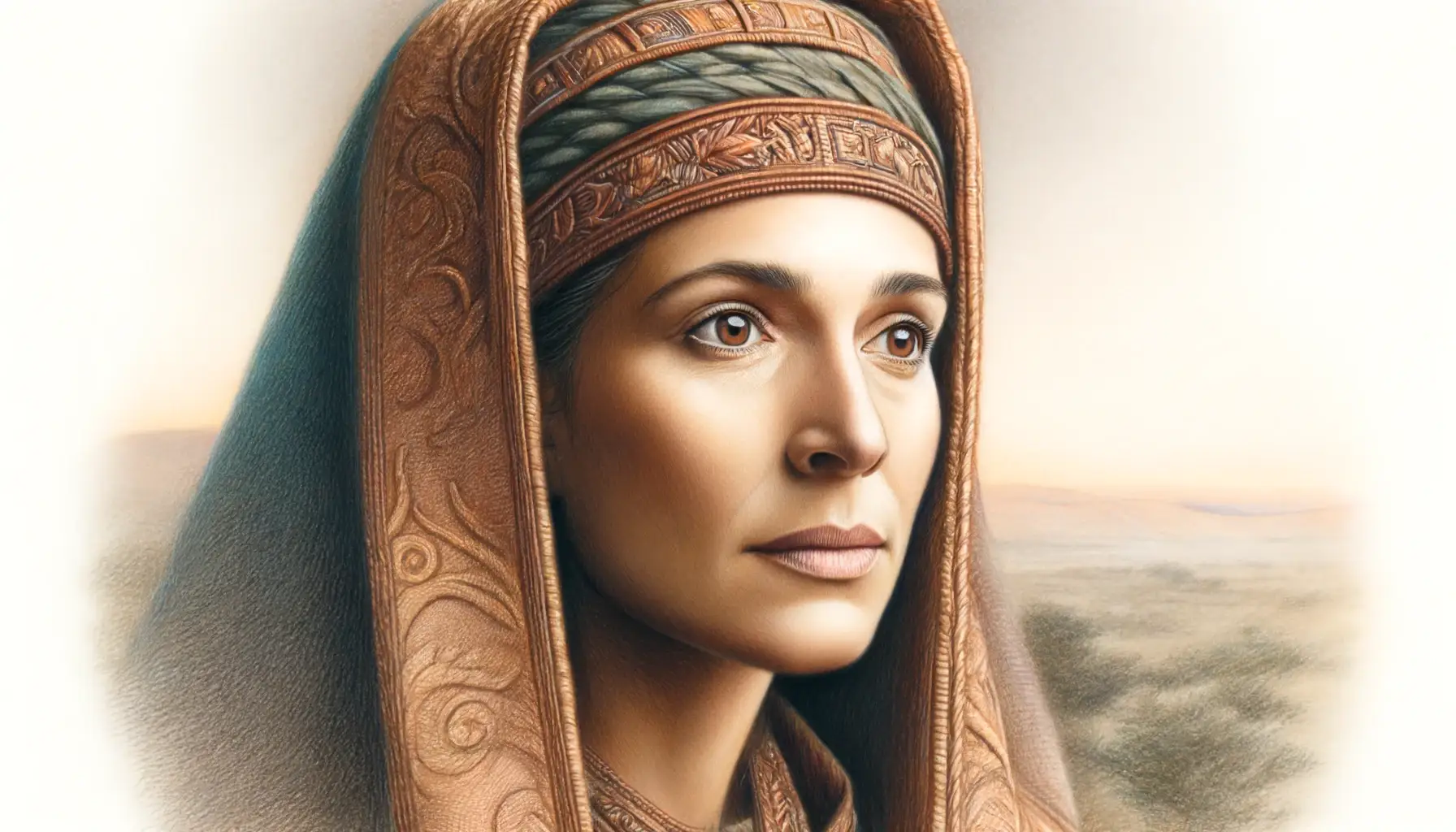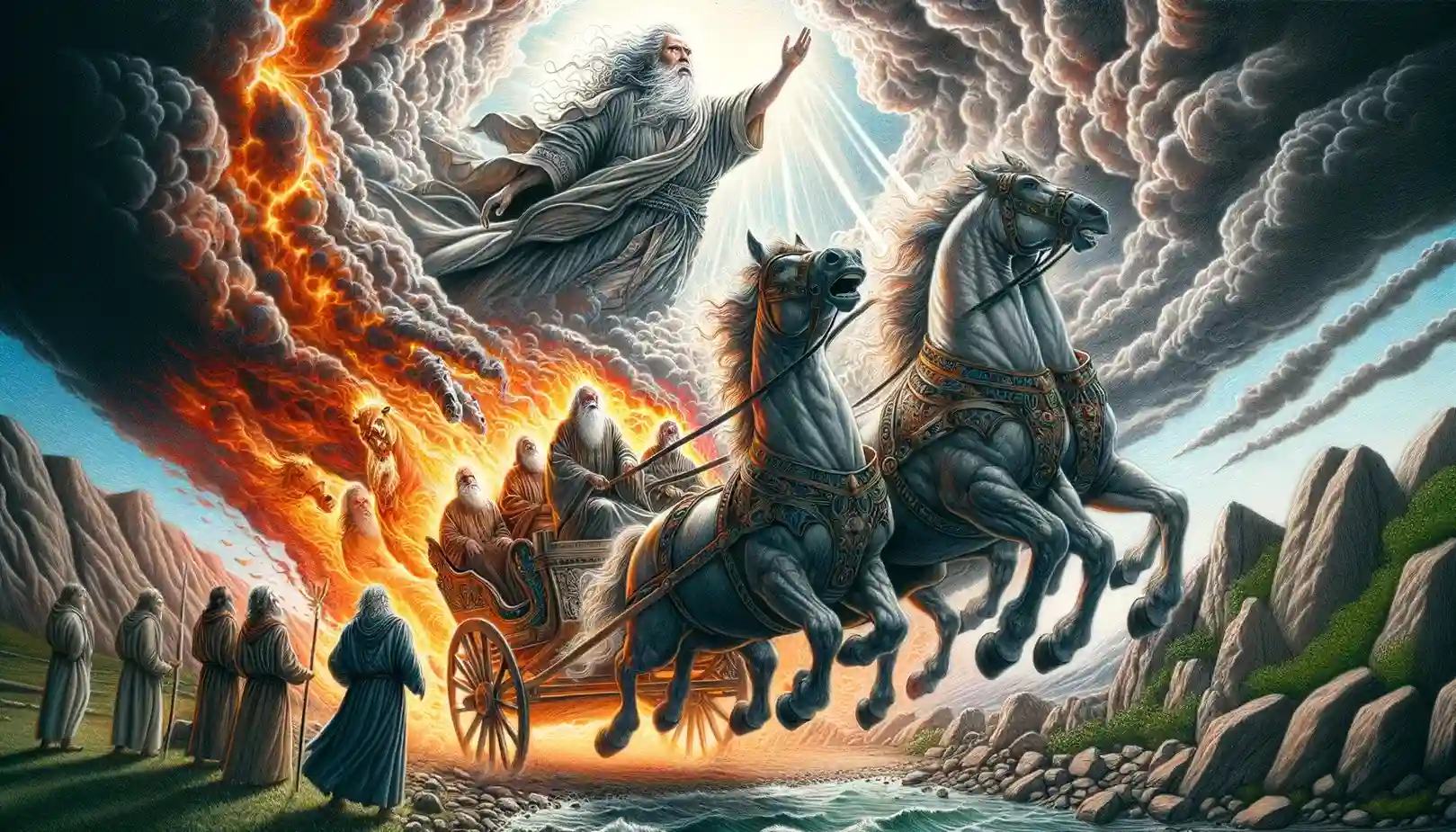James the Greater, son of Zebedee and brother of John, was one of Jesus Christ’s Twelve Apostles, notable for his fervent faith and passionate devotion, which earned him and his brother the nickname “Boanerges” or “sons of thunder.” He witnessed pivotal events like the Transfiguration and the Agony in the Garden due to his status within Jesus’ inner circle. His ministry was tragically cut short when he became the first apostolic martyr, executed by the sword under King Herod Agrippa I around AD 44, highlighting the dangers faced by early Christian evangelists. Venerated as the patron saint of Spain, James’ legacy continues to inspire through the Camino de Santiago, a major pilgrimage route leading to his shrine in Santiago de Compostela, where he is symbolized by the pilgrim’s hat and scallop shell, reflecting his enduring influence as a spiritual guide and protector of pilgrims.
Andrew, one of the twelve apostles of Jesus, is a compelling figure in Christian history, embodying the zeal and humility of early Christian apostleship; his background as a fisherman and initial discipleship under John the Baptist set the stage for his recognition of Jesus as the Messiah, leading to significant acts such as introducing his brother Peter to Jesus and facilitating key events like the feeding of the 5000. His post-resurrection missionary journeys through areas around the Black Sea and modern Greece and Turkey, and his martyrdom on an X-shaped cross in Patras, underscore his devotion and commitment, while his veneration as the patron saint of Scotland, Russia, and Greece reflects the broad geographic impact of his evangelistic missions, continuing to inspire faith and devotion through his legacy of apostolic service and sacrifice.
Peter’s life story is a powerful narrative of transformation, illustrating a journey from doubt and denial to restoration and committed leadership, resonating with themes of fallibility and redemption, and underscoring the human capacity for spiritual growth and resilience, while his legacy, as both a flawed individual and a revered apostle, continues to inspire and instruct believers on the dynamics of faith, leadership, and divine grace.
“The Song of Solomon” is a profound exploration of human love, uniquely presented within the biblical canon as a series of lyrical poems that delve into themes of love, desire, beauty, and separation, with its vivid imagery and passionate themes inspiring countless works across various artistic forms, and its inclusion in the Bible offers a deeply emotive expression of love’s power and beauty, making it one of the most unique and cherished books of the Bible.
“The Song of Moses,” celebrated in Exodus 15:1-18, is more than a historical recount; it is a theological affirmation of faith in the God who saves and protects, serving as a powerful reminder of the Israelites’ collective identity, formed and sustained by divine acts of salvation, and its enduring presence in religious liturgy underscores its importance as a source of spiritual inspiration and as a doctrinal cornerstone in understanding the nature of God as both protector and liberator.
Miriam’s life and actions encapsulate the trials and triumphs faced by the Israelites during their formative years; as a prophetess and leader, her story contributes significantly to our understanding of the complexities of biblical leadership, the role of women in ancient Israel, and the enduring power of faith and prophecy, inviting reflection on the balance between authority and humility, and the importance of both challenging and supporting communal leadership.
Though brief, “The Song of Miriam” is a potent articulation of victory, joy, and theological affirmation, commemorating a significant historical event—the Exodus—and celebrating foundational themes such as trust in God’s salvation, the power of communal worship, and the influential role of women in the spiritual life of the community, serving not just as a historical recount but as a lasting testament to the enduring themes of faith and deliverance in the Judeo-Christian tradition.
“The Song of Deborah” serves multiple functions: it is a record of historical events, a theological commentary, a piece of poetic art, and a moral exhortation, encapsulating the interplay between human agency and divine will, and highlighting the complexities of faith, leadership, and community in ancient Israel.
Deborah’s role in biblical history is not only a testament to her own strength and wisdom, but it also highlights the themes of faith, obedience, and God’s providential care for Israel, encouraging reflection on the nature of God’s governance, the role of women in society, and the dynamics of faith and leadership.
Elijah’s ascension to heaven in 2 Kings 2:11, marked by a whirlwind and preceded by the appearance of a chariot and horses of fire, signifies his special status among prophets through a unique and dramatic departure, underscoring divine approval of his ministry and foreshadowing the continuation of prophetic power and authority through his successor, Elisha.

